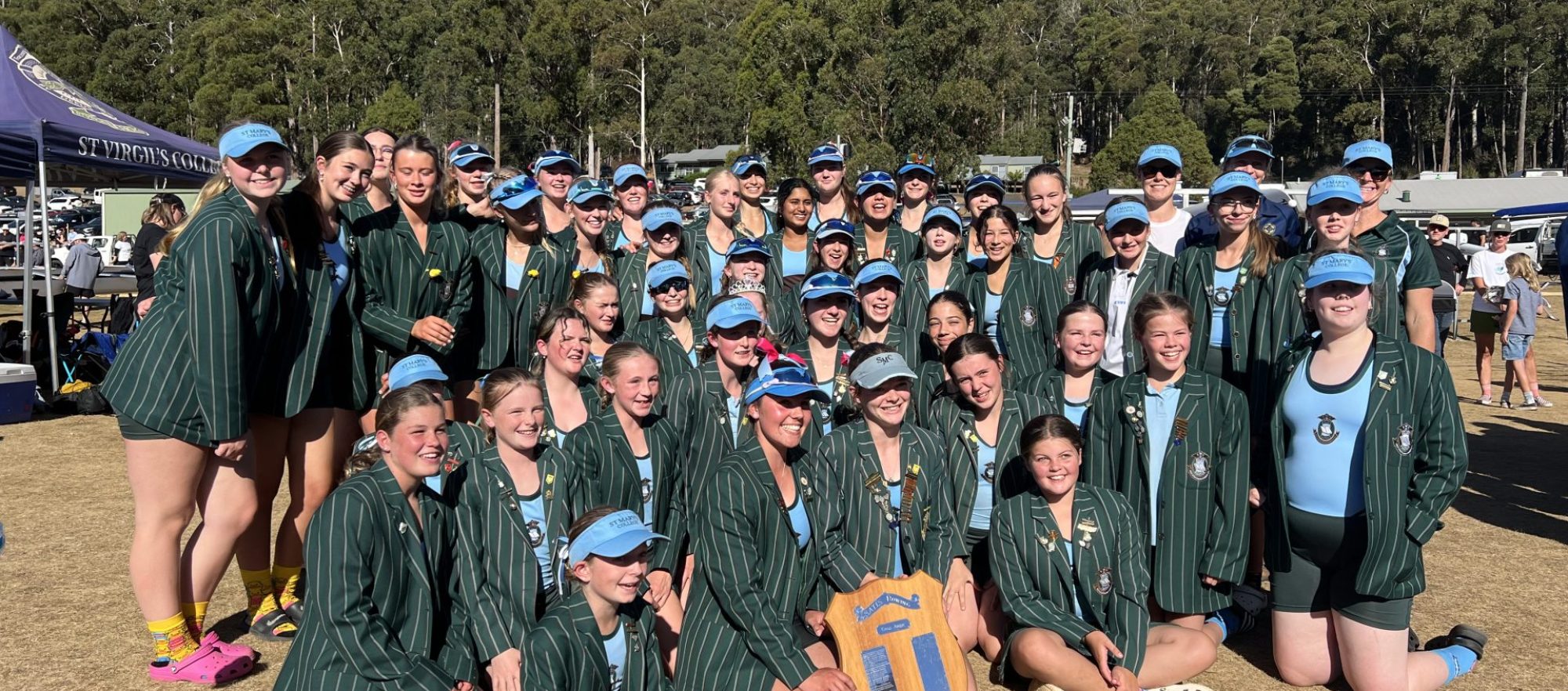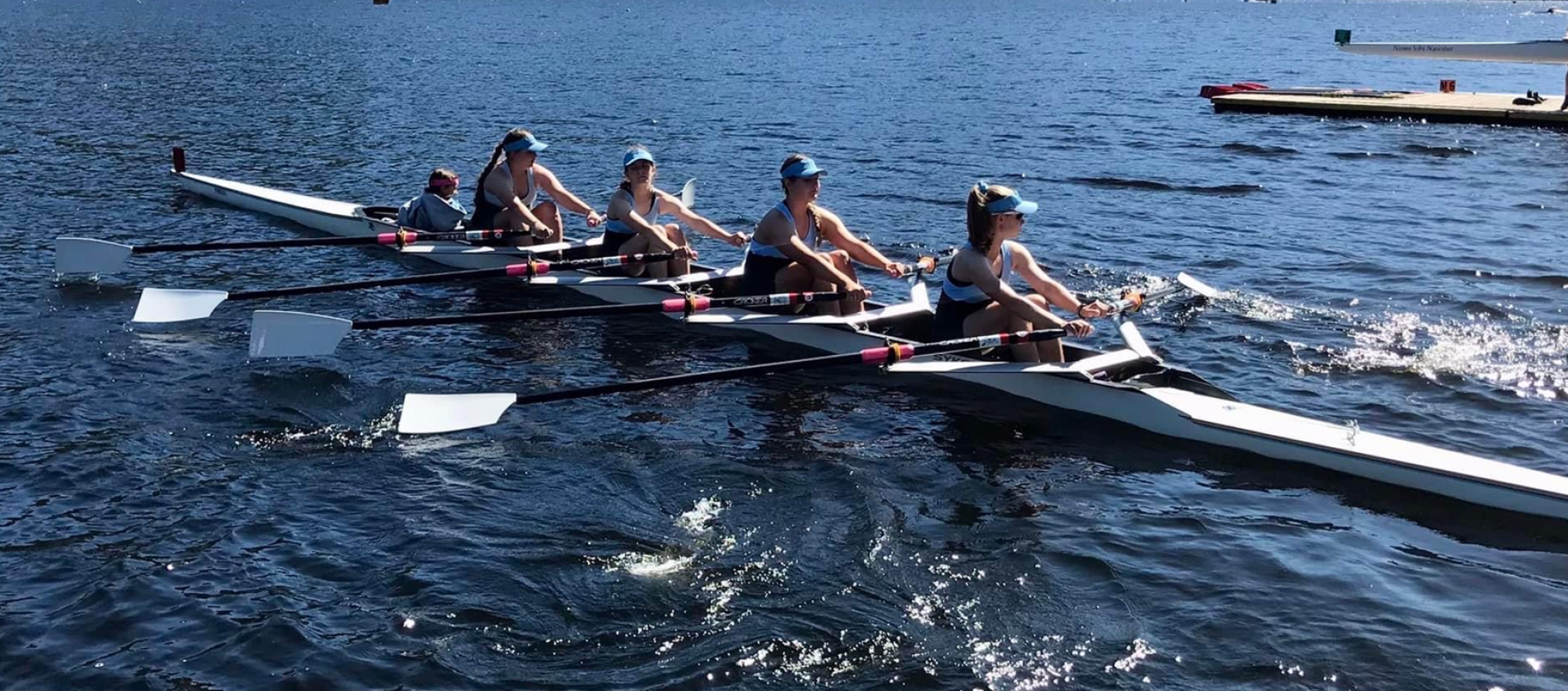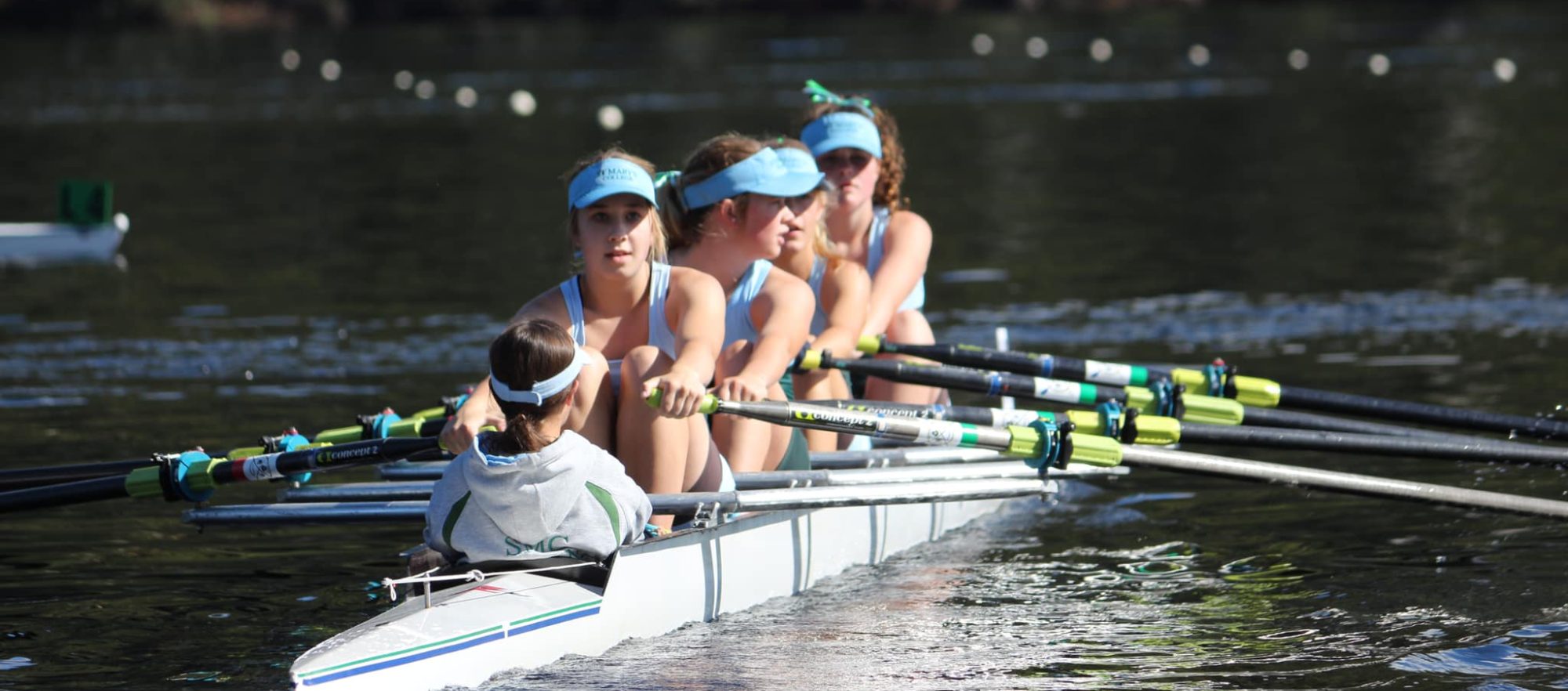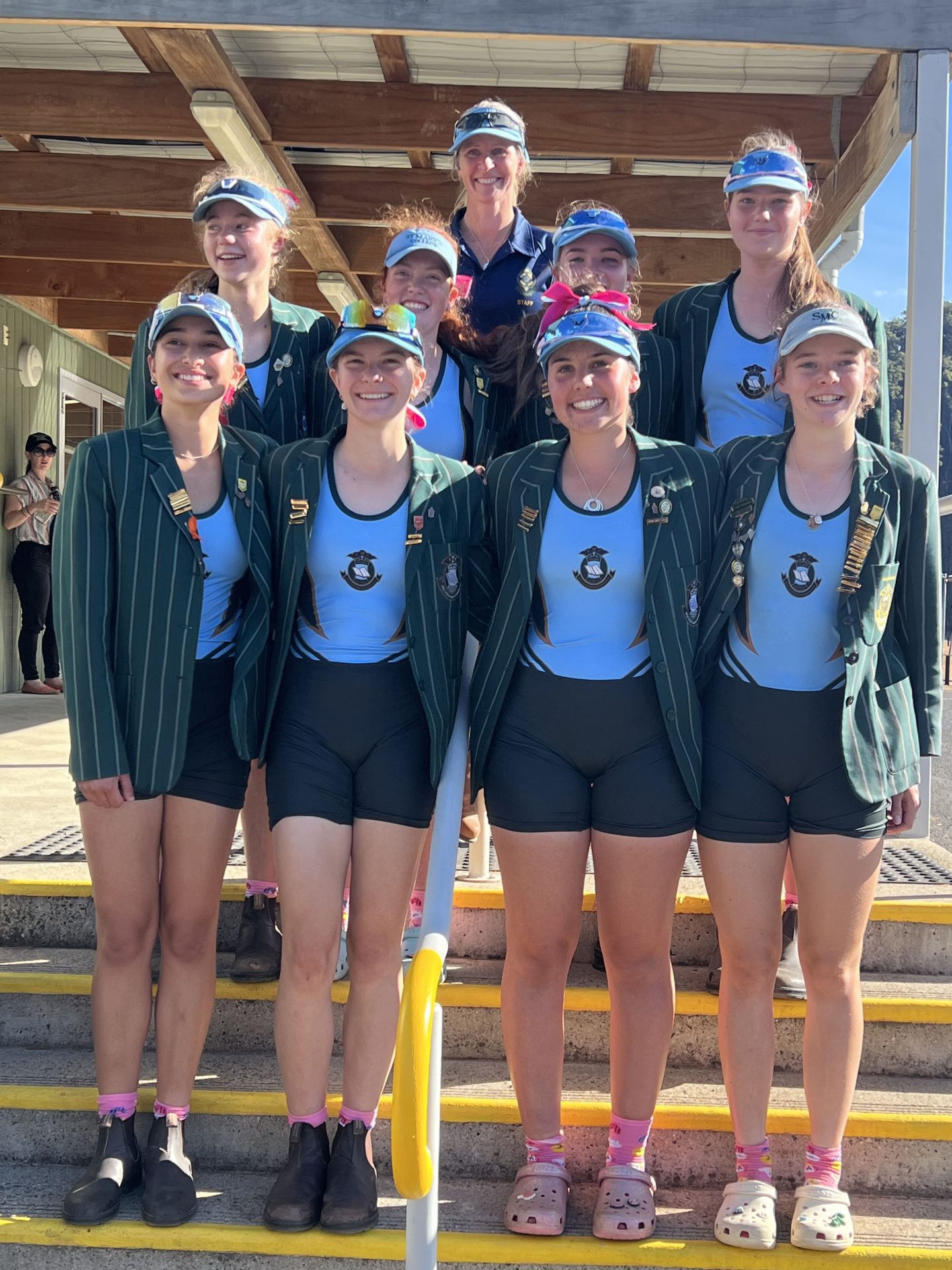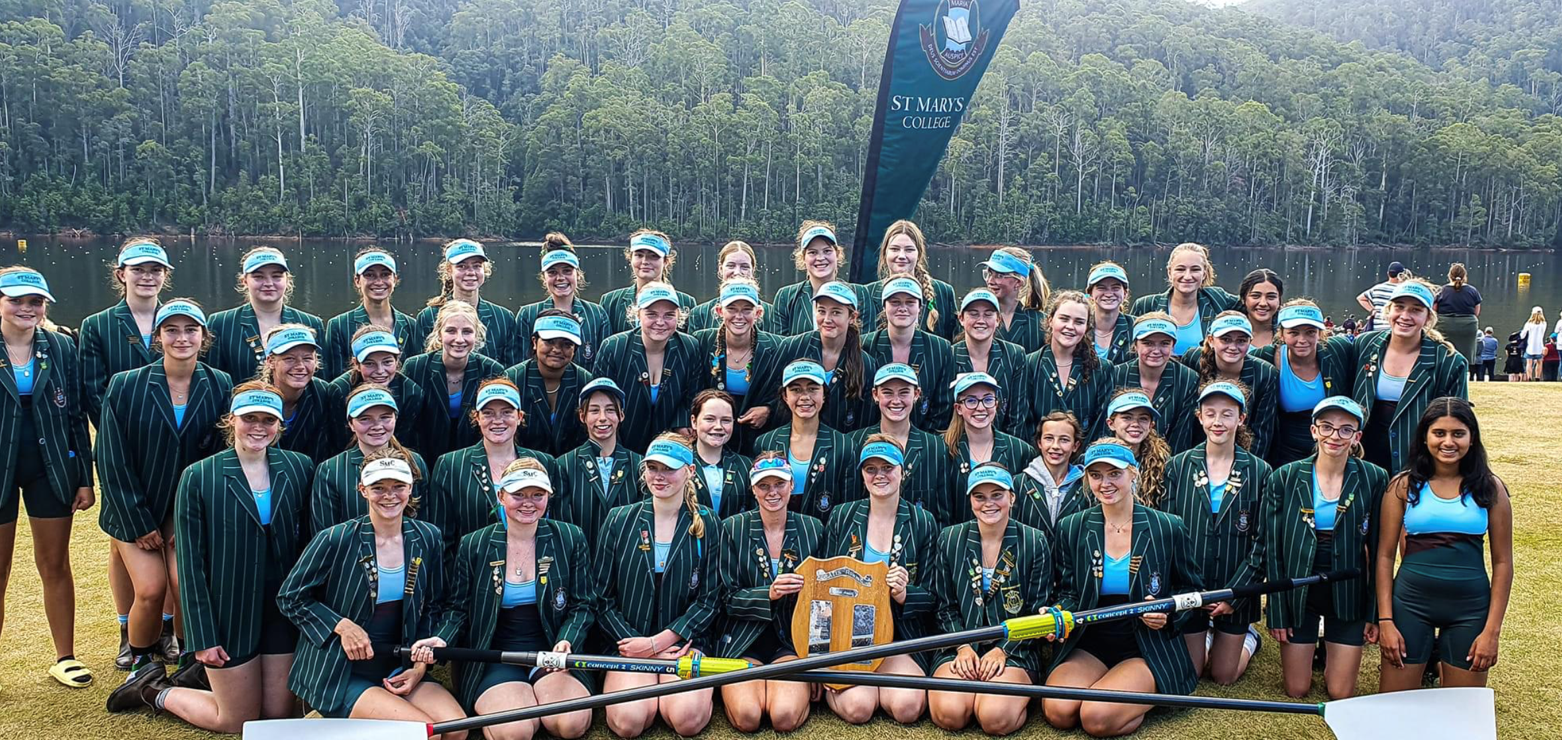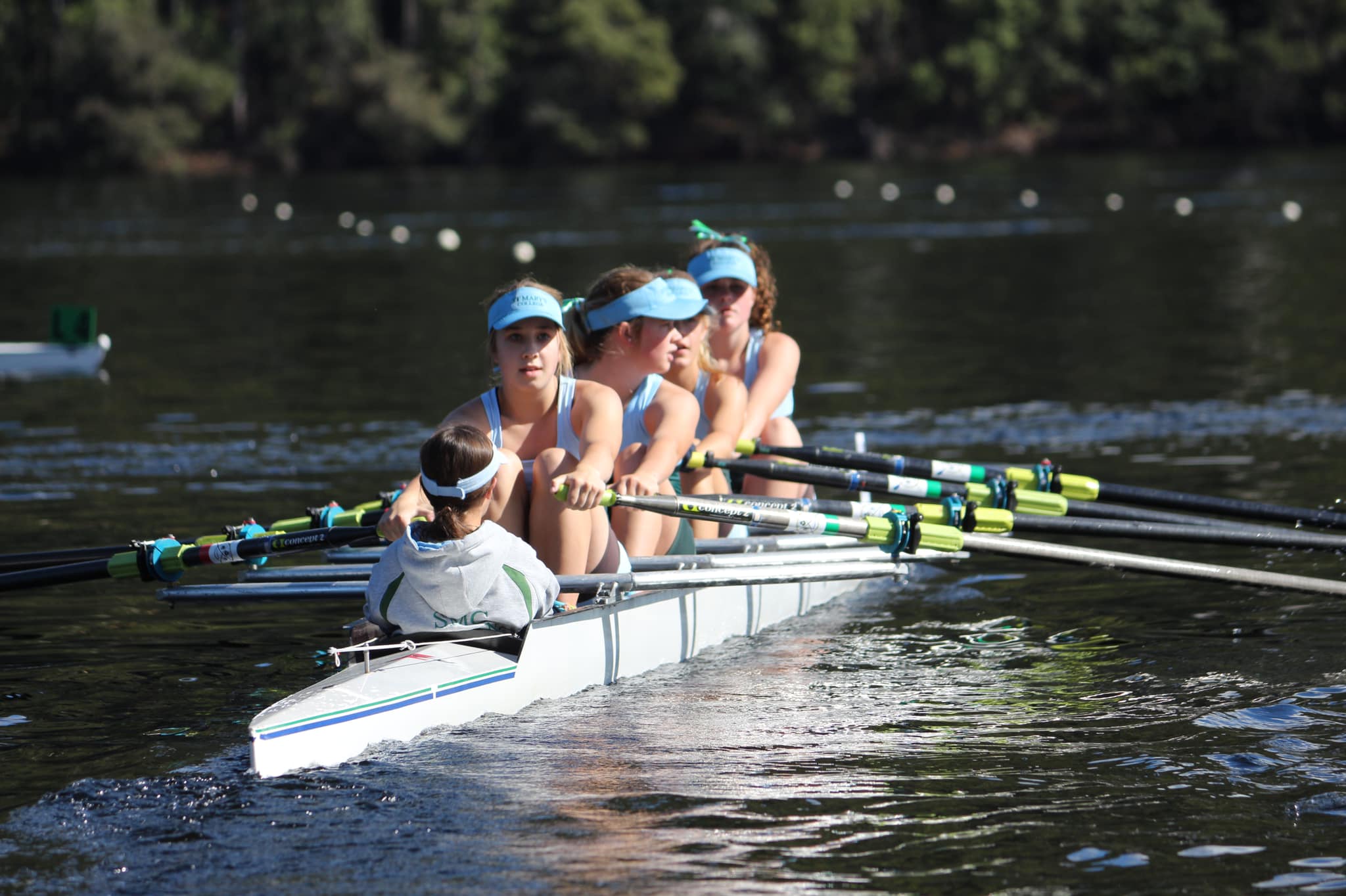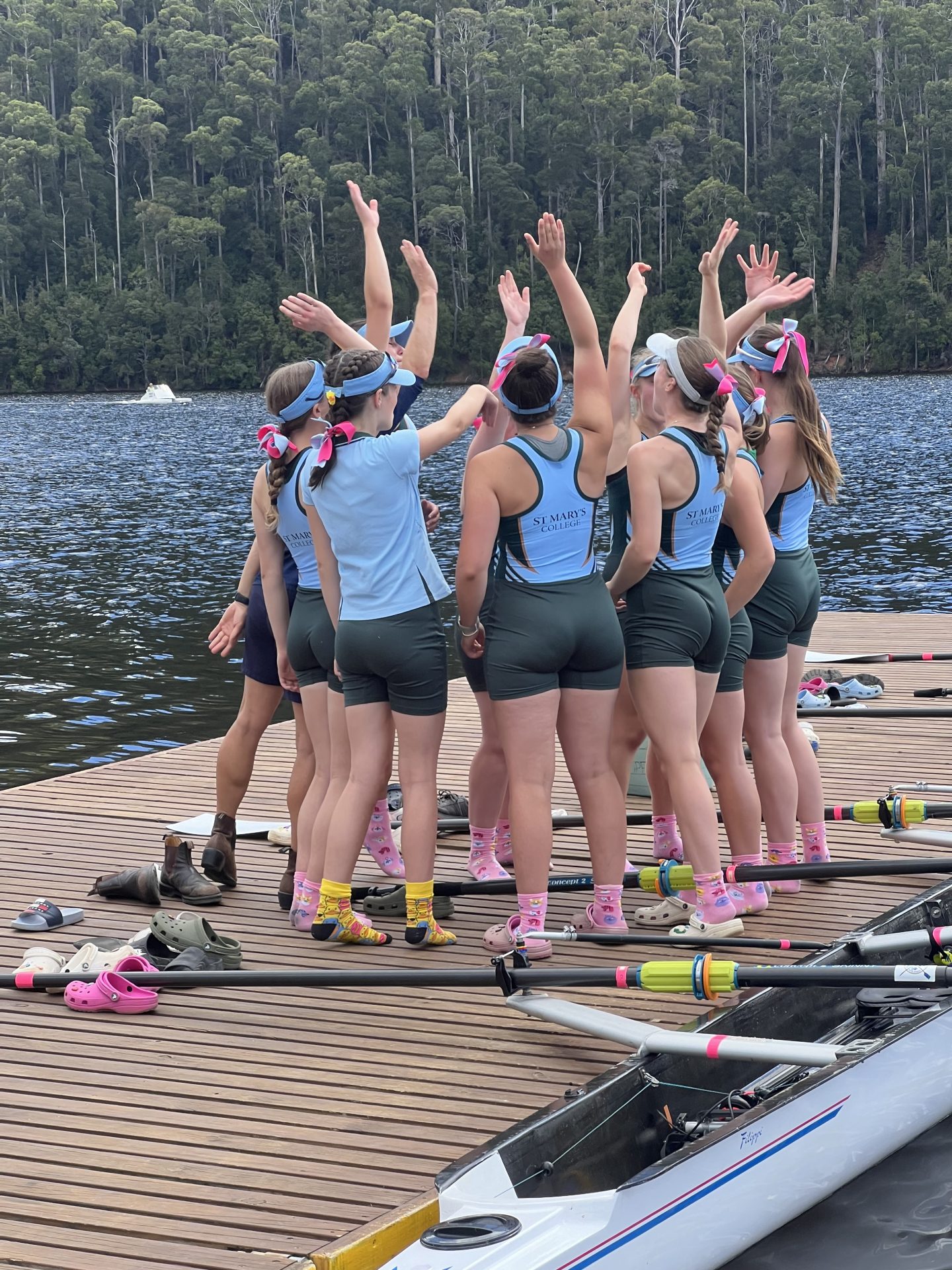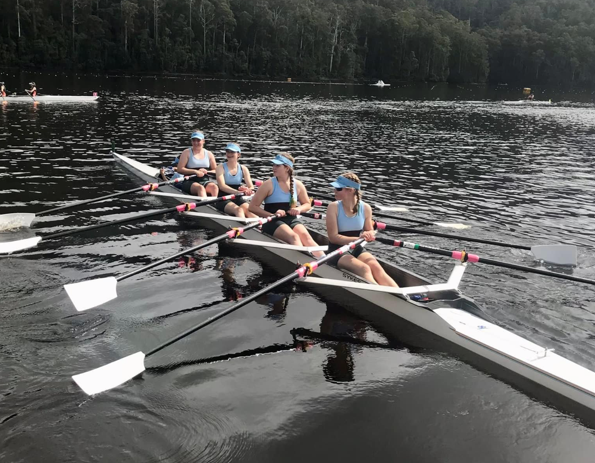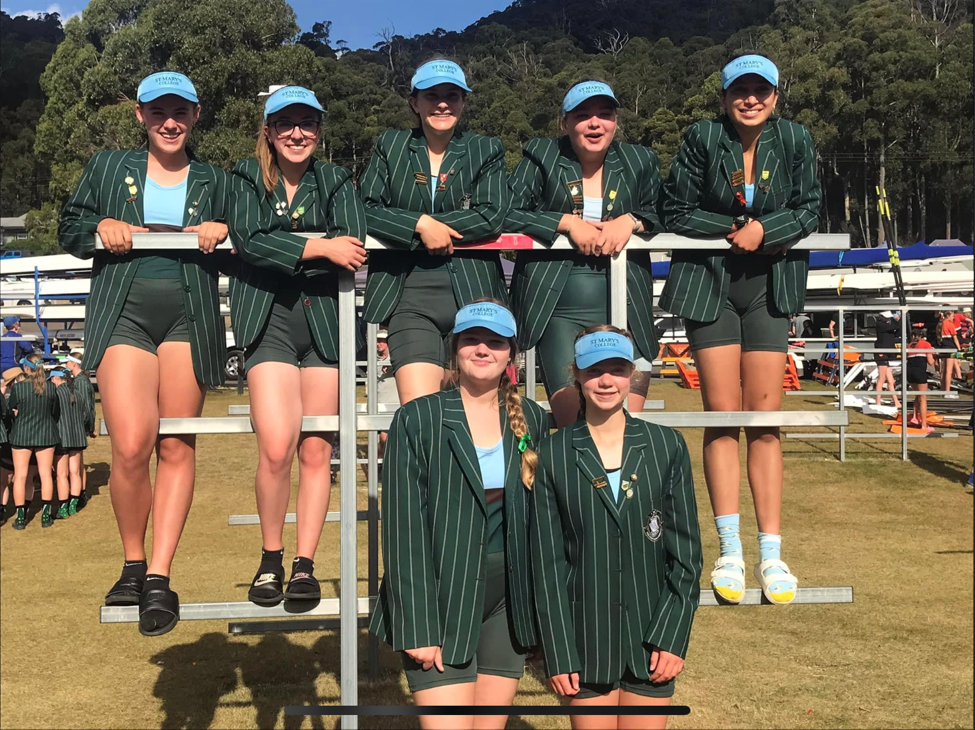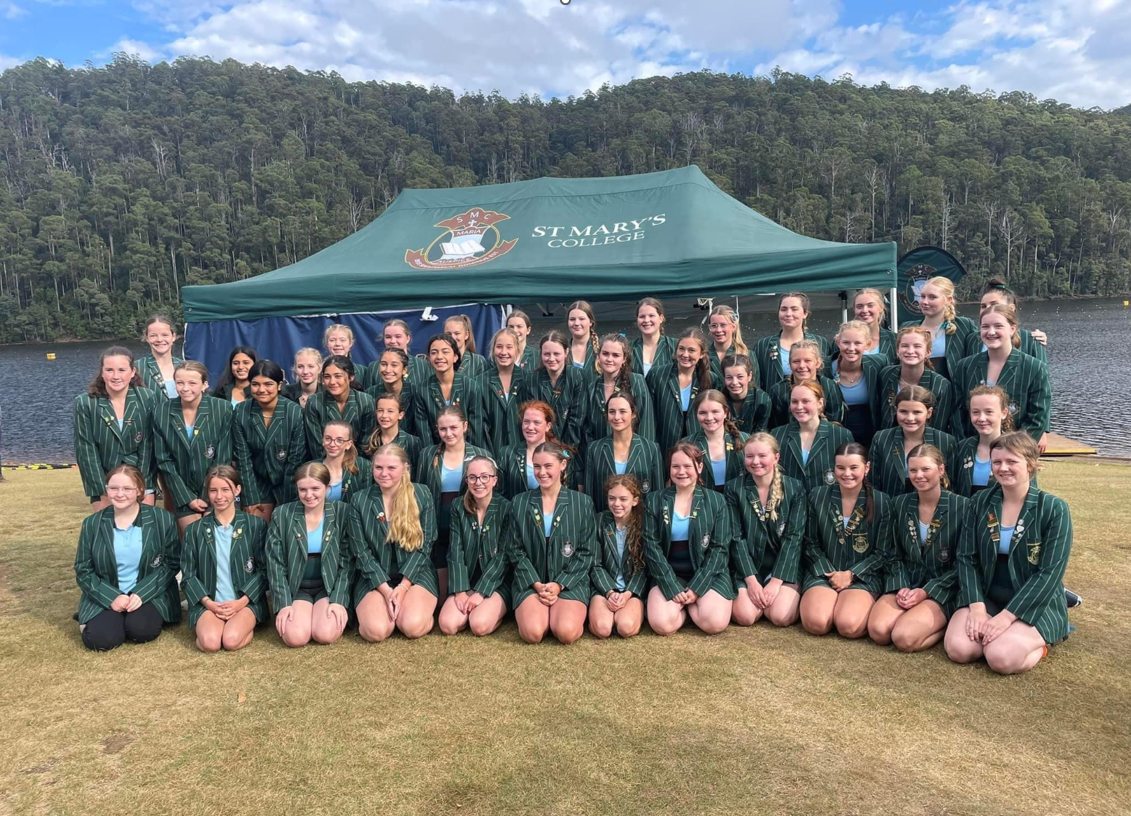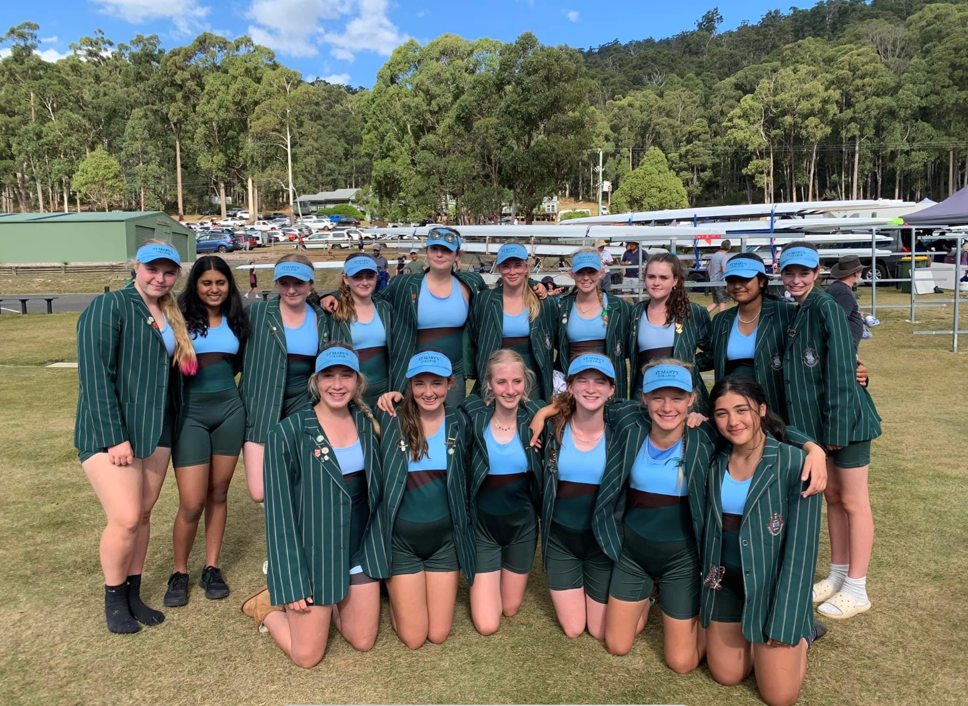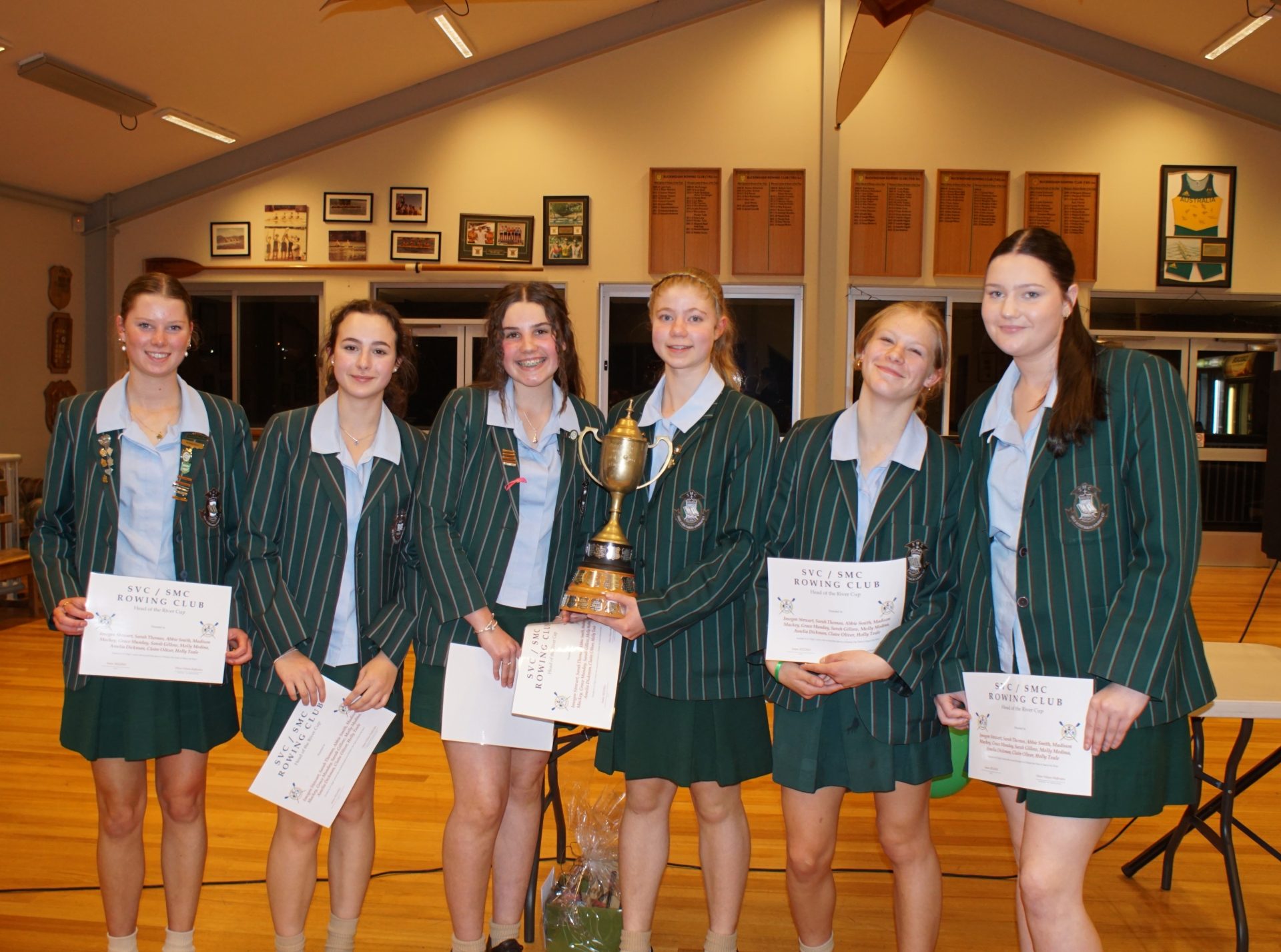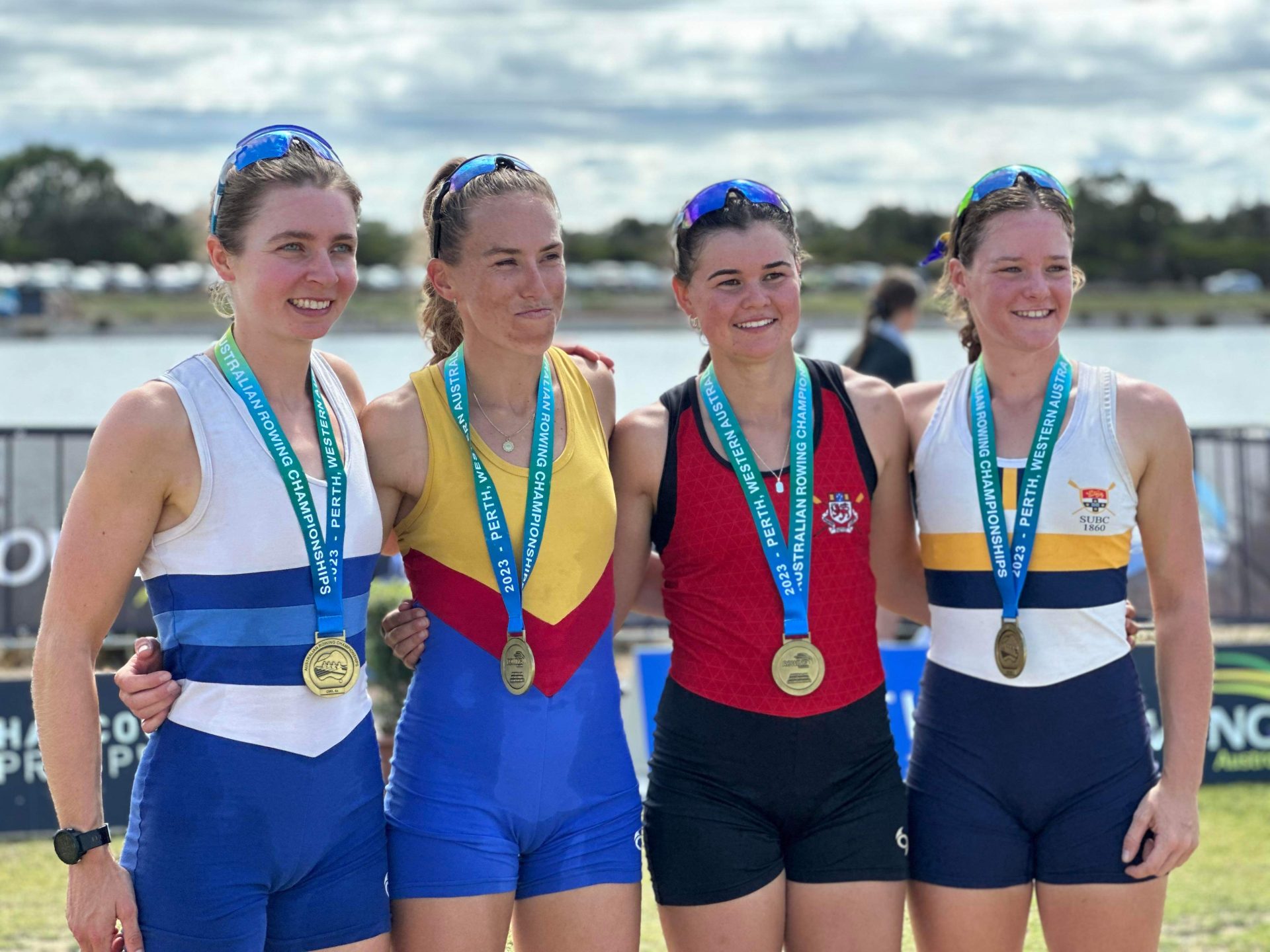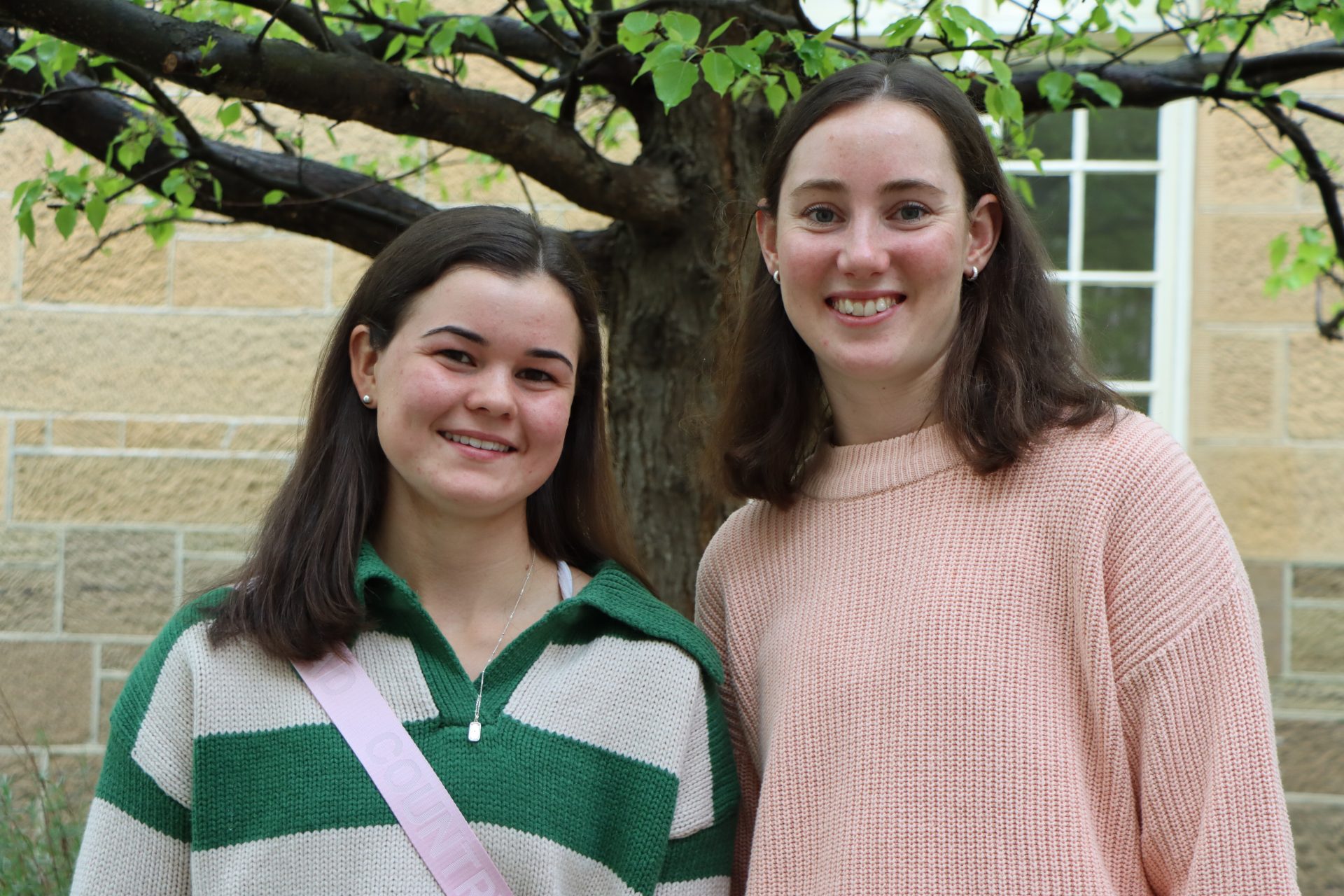St Mary’s College has a rich history in rowing. Our current rowers are inspired by alumni champions who have achieved success on and off the water on a national and international scale including Meg Messer (class of 2017), Sophie Robinson (class of 2020), Kate Oliver (class of 2020) and Phoebe Teale (class of 2021).
Our Rowing Program is open for students in Years 6-12, with an introductory program beginning in Year 6 at a Come and Try Day.
With a specialised rowing facility at the New Town Bay Rowing Centre, students have access to a fully equipped gymnasium and rowing boats that can assist them in achieving their rowing aspirations.
Students from St Mary’s College and St Virgil’s College share the use of this facility, attending rowing regattas and regular training sessions together.
How to join rowing
Winter training will commence soon before the start of the 2024/2025 season, more information to come.
Contact the College at [email protected] for more information.
Made by Sarah (year 10), this video provides a glimpse into what our Opens rowing crew have been up to in the 2023/2024 rowing season, as they have represented SMC with pride and shown immense dedication and passion towards their sport.
Training and Racing Commitments
Juniors (U13, U14 and U15)
Junior rowers train and compete during Term 4 and 1. Training is a mixture of before and after school sessions as well as weekends. Training involves both on-water rowing and off-water technical and fitness sessions. A bus is provided to take rowers to and from each training session each weekday.
Junior rowers compete in sculling events (two oars each) and race single sculls, double sculls and quadruple sculls.
These age groups typically compete in all school regattas, with the U15 age group having the opportunity to race in some State Pennant Regattas.
Senior (U16’s and Opens)
Senior Rowers train and compete in Terms 3, 4 and 1, with Winter Training offered in Term 2. These age groups compete at both School and Club regattas in both sculling and sweep boats. Senior rowers race in 8’s, which is often seen as the pinnacle event in school rowing. Senior rowers train 5-9 times a week and attend a rowing camp in January.
Regattas
Location
Lake Barrington International Rowing Course (LBIRC) is a world-class rowing course located in northern Tasmania around 15 minutes drive from the township of Sheffield in the North West. The entrance to the course is off ‘Staverton Road’ (just after the Tazmazia tourist venue). The drive to Lake Barrington from Hobart takes approximately 3.5 – 4 hours.
Directions: Travel to Sheffield either through Railton or Kimberley, the route is well-signposted. When you get to Sheffield, travel straight through the town centre. After 1km turn left at the intersection. The road takes you through West Kentish and Roland (approximately 12km). You will drive along Staverton Road, then turn right and down towards LBIRC. The road into LBIRC is windy and steep.

Camping/Accommodation
LBIRC is well equipped for campers, with toilets, coin-operated showers and a canteen. There are no power or cooking facilities, except one small BBQ, so if you plan to cook or boil water for hot drinks, bring a gas stove (no fires allowed). Camping provides a friendly environment for both parents/carers and rowers to socialise with people from their own and other schools. Camping is permitted on Friday and Saturday nights for rowing families during all school and club regattas. Head of the River is a one-day event and only permits Friday-night camping.
Accommodation
There are many places to stay in the Lake Barrington area. It is recommended accommodation is booked well in advance as the best spots tend to be booked out early.
Spectators
A regatta at LBIRC may have 5,000 people attend. There are limited seats and spectators are advised to bring their own chairs. You can view races from anywhere along the lake and most tend to gather at the finish line when watching races.

